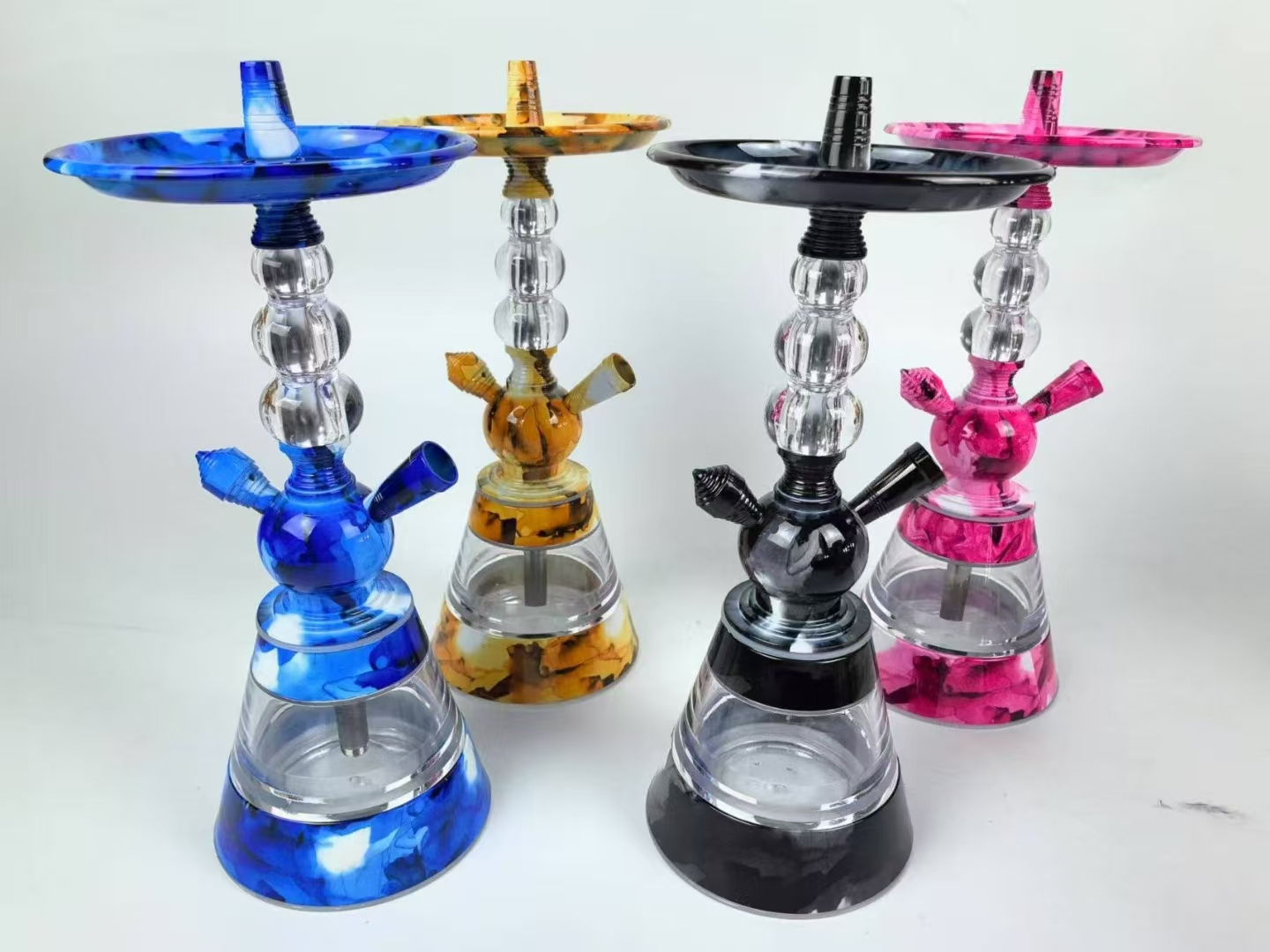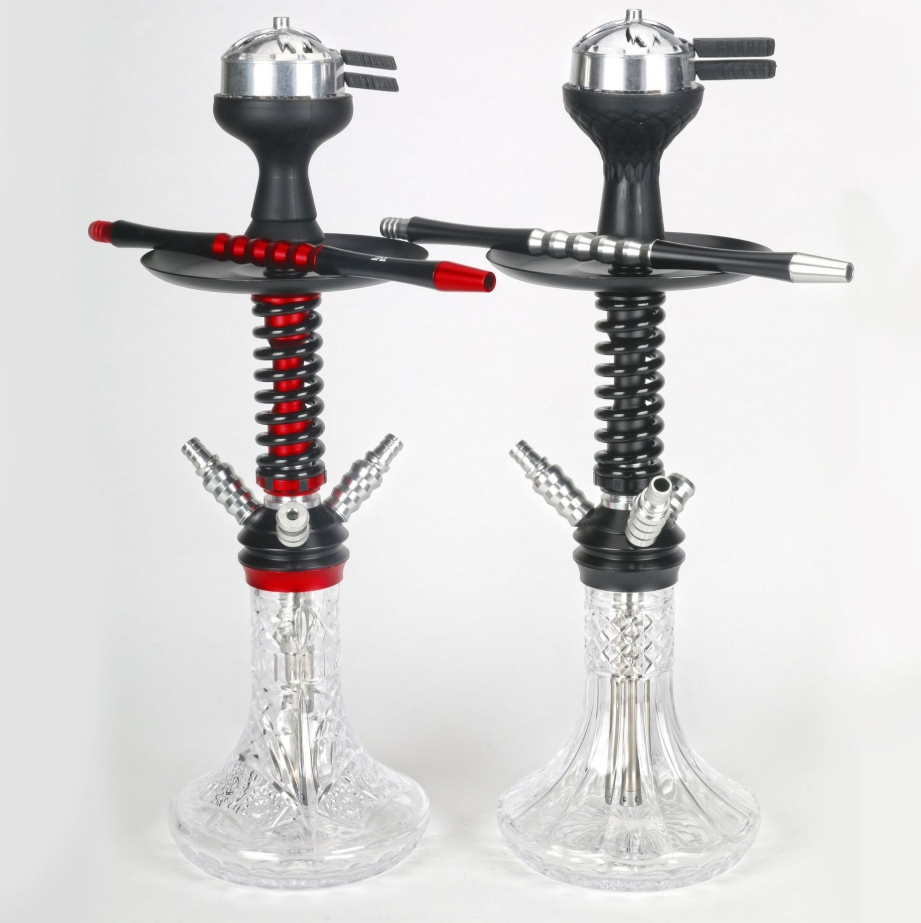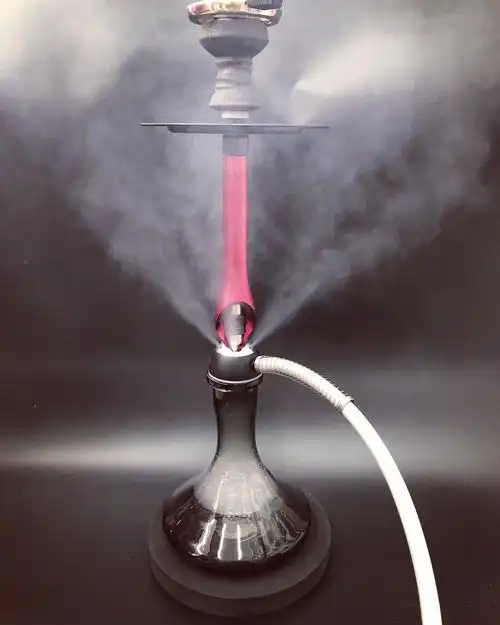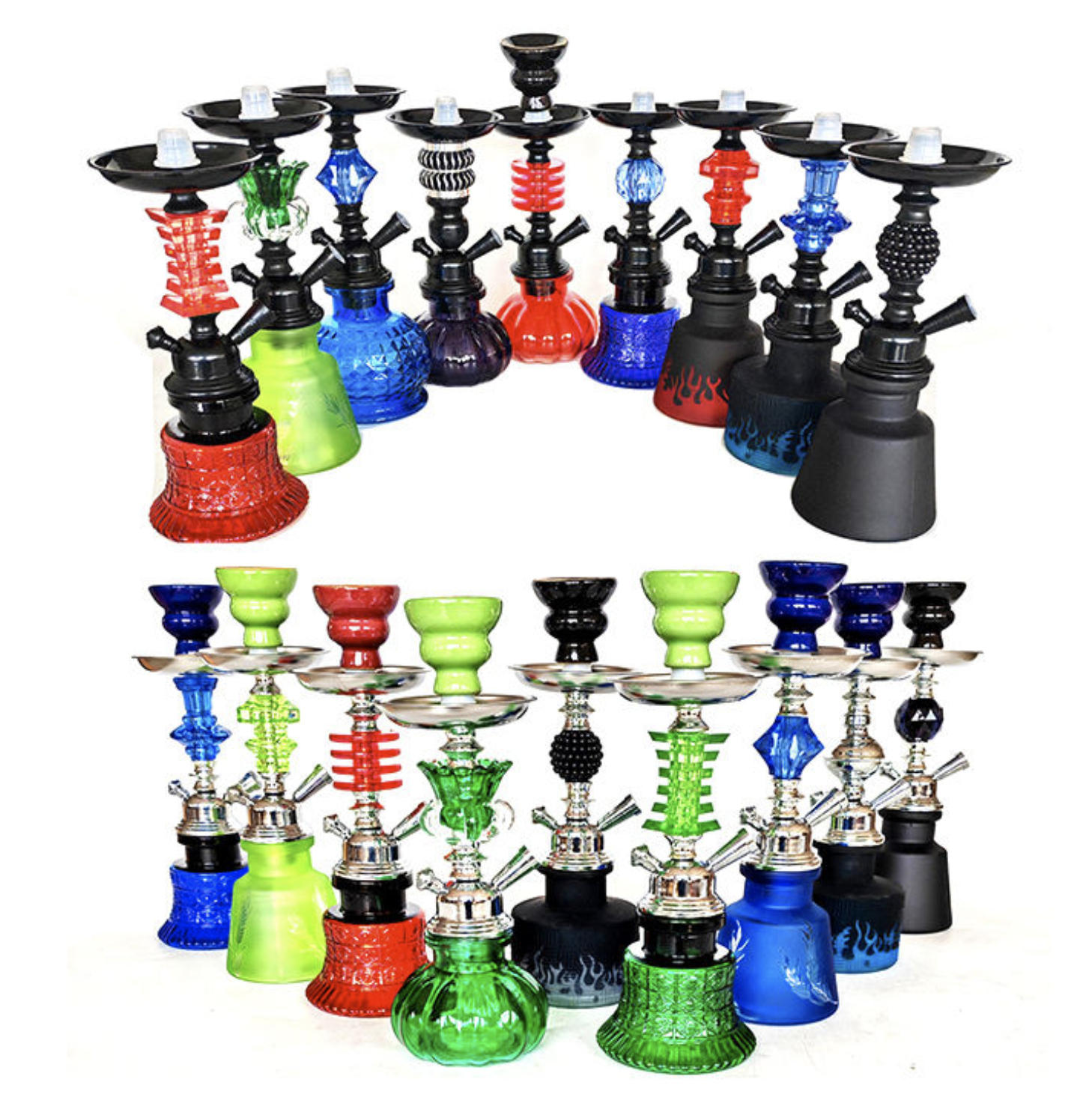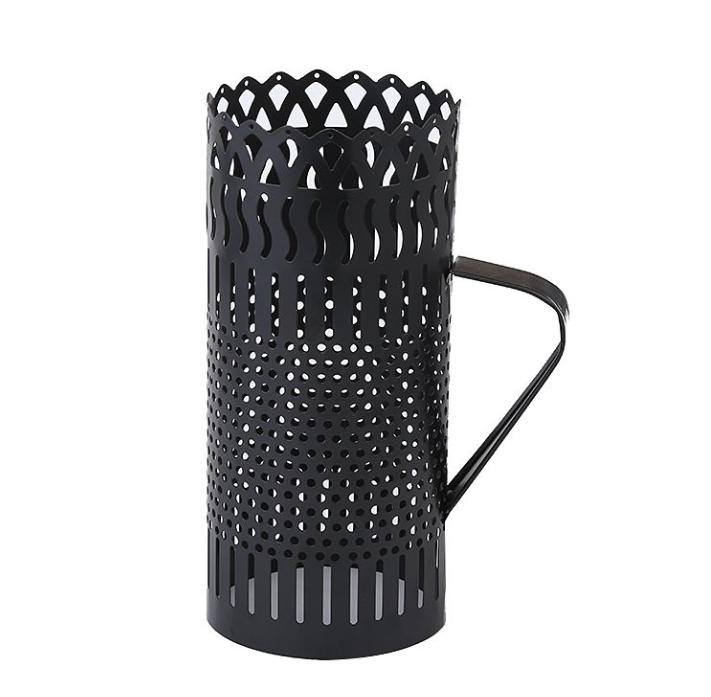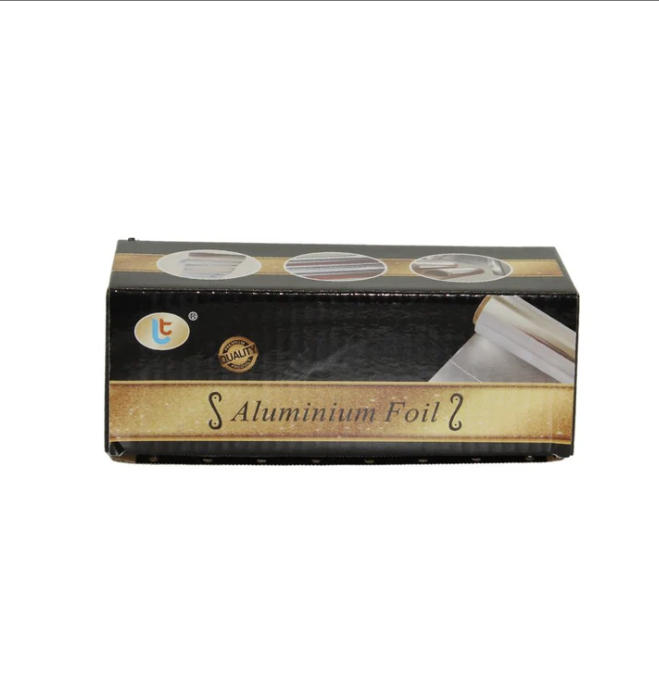what's worse hookah or vape?
Table of Contents
- Introduction
- What Is Hookah and How Does It Work?
- What Is Vaping and How Does It Differ from Hookah?
- Health Impacts: Comparing Hookah and Vape
- Social and Practical Considerations
- Which Is Worse: Hookah or Vape?
- Actionable Tips for Safer Use
- Conclusion
Introduction
The debate over what's worse: hookah or vape is increasingly relevant as both smoking methods gain popularity. Hookah, often enjoyed in social settings like a hookah lounge, and vaping, seen as a modern alternative, each have unique characteristics and health implications. As someone who has operated a hookah wholesale business for years, I’ve witnessed firsthand the allure of hookah smoking and the rise of hookah vapes. This article will explore the differences, health impacts, and practical considerations to help you decide which option may pose greater risks. Let’s dive in with a friendly, informed perspective to clarify this smoky subject.
What Is Hookah and How Does It Work?
A hookah, also known as a shisha or water pipe, is a traditional smoking device originating from the Middle East. It consists of a bowl where hookah tobacco or shisha is heated by hookah coals, a water-filled base, a hose, and a mouthpiece. When users inhale through the hose, smoke passes through the water, cooling it before inhalation. According to the World Health Organization (WHO), a typical one-hour hookah session can involve inhaling 100–200 times the volume of smoke compared to a single cigarette (WHO, 2015).
In my experience supplying hookah shops, I’ve seen customers enjoy the ritual of setting up a hookah set, often using flavors like double apple or mint. However, the complexity of how to set up a hookah can be daunting for beginners, requiring careful attention to components like the hookah bowl and charcoal.
What Is Vaping and How Does It Differ from Hookah?
Vaping involves inhaling vapor produced by an electronic device, such as a hookah vape pen or e-cigarette, which heats a liquid (e-juice) containing nicotine, flavorings, and other chemicals. Unlike hookah, vaping doesn’t involve combustion or tobacco in most cases, making it a distinct experience. The Centers for Disease Control and Prevention (CDC) notes that vaping devices are battery-operated and produce aerosol, not smoke (CDC, 2020).
From my observations in the industry, vaping appeals to those seeking portability, with devices like the ploox hookah offering convenience over traditional hookahs. The key difference lies in delivery: hookah relies on burning tobacco, while vaping uses heated liquid, impacting their health profiles significantly.
Health Impacts: Comparing Hookah and Vape
When evaluating what's worse: hookah or vape, health impacts are paramount. Both methods carry risks, but their mechanisms differ.
Hookah Health Risks
Hookah smoking involves inhaling smoke from burning hookah tobacco, which contains nicotine, tar, and carbon monoxide. The American Lung Association highlights that hookah smoke contains 36 times more tar and 15 times more carbon monoxide than cigarette smoke (American Lung Association, 2020). A single session can equate to smoking 10–100 cigarettes in terms of smoke exposure. Risks include:
-
Lung Damage: Prolonged exposure to tar and toxins increases the risk of chronic obstructive pulmonary disease (COPD).
-
Heart Disease: Carbon monoxide reduces oxygen delivery, straining the heart.
-
Infectious Diseases: Shared hookah hoses in lounges can spread infections like hepatitis.
In my wholesale business, I’ve heard customers at hookah lounges near me complain of dizziness or nausea after long sessions, likely due to carbon monoxide exposure.
Vape Health Risks
Vaping is often marketed as safer, but it’s not risk-free. E-liquids may contain nicotine, heavy metals, and volatile organic compounds. A 2019 study in The New England Journal of Medicine linked vaping to lung injuries, particularly from unregulated products (NEJM, 2019). Key risks include:
-
Lung Irritation: Chemicals like diacetyl can cause “popcorn lung” (bronchiolitis obliterans).
-
Nicotine Addiction: Many e-liquids contain nicotine, fostering dependency.
-
Unknown Long-Term Effects: Vaping’s relative novelty means long-term data is limited.
I’ve seen customers switch from hookah to vape hookah devices, believing they’re safer, only to face issues like throat irritation from low-quality e-liquids.
Comparative Analysis
Hookah’s combustion process produces more harmful toxins, making it generally riskier for lung and heart health. Vaping, while potentially less toxic, introduces uncertainties with chemical additives. For those asking is hookah worse than vaping, hookah’s higher toxin levels often tip the scale, but vaping’s risks shouldn’t be underestimated.
Social and Practical Considerations
Beyond health, social and practical factors influence the hookah vs vape debate. Hookah is a communal activity, often enjoyed at a hookah bar or lounge. The setup, including hookah coals and hookah flavors, fosters a relaxed, social vibe. However, it’s less portable and requires maintenance, which I’ve seen deter some customers in my wholesale dealings.
Vaping, conversely, is convenient and portable, ideal for individual use. Devices like the portable hookah or hookah pen fit easily into daily routines. However, vaping lacks the cultural ritual of hookah, which many enjoy at hookah lounges near me. Cost-wise, a quality hookah set can range from $50–$200, while vaping devices cost $20–$100, with ongoing e-liquid expenses.
Which Is Worse: Hookah or Vape?
So, what’s worse: hookah or vape? Based on current evidence, hookah poses greater health risks due to its high toxin output and smoke volume. A 2016 study in Tobacco Control found that hookah users inhale significantly more harmful substances per session than vapers (Tobacco Control, 2016). However, vaping’s long-term effects remain unclear, and unregulated products can be dangerous.
From my experience, hookah’s social allure often overshadows its risks, while vaping’s accessibility makes it a go-to for younger users. Neither is “safe,” but hookah’s combustion process makes it the riskier choice for most users.
Actionable Tips for Safer Use
If you choose to use either, here are practical steps to minimize risks:
-
For Hookah:
-
Use coconut hookah coals to reduce chemical exposure compared to quick-light coals.
-
Clean your hookah pipe regularly to prevent bacterial buildup. I recommend a brush and warm water with vinegar.
-
Opt for tobacco-free hookah shisha to lower nicotine and tar intake.
-
Limit sessions to 30 minutes to reduce smoke exposure.
-
-
For Vaping:
-
Choose e-liquids from reputable brands, avoiding unregulated products.
-
Start with nicotine-free hookah vape options to avoid addiction.
-
Clean your device weekly to prevent residue buildup.
-
Monitor for symptoms like coughing and reduce usage if they occur.
-
For both, avoid frequent use and prioritize well-ventilated spaces. If you’re new, learn how to use a hookah or vape properly to avoid misuse.
Conclusion
The question of what’s worse: hookah or vape depends on your priorities. Hookah’s higher toxin levels make it riskier for physical health, while vaping’s chemical uncertainties pose their own challenges. As someone in the hookah wholesale industry, I encourage informed choices—consider your health, lifestyle, and preferences. If you enjoy the social ritual of a hookah lounge, take precautions like using hookah tips and limiting sessions. If portability is key, a hookah vape pen might suit you, but choose quality products. Ultimately, moderation and awareness are your best tools for safer enjoyment.
